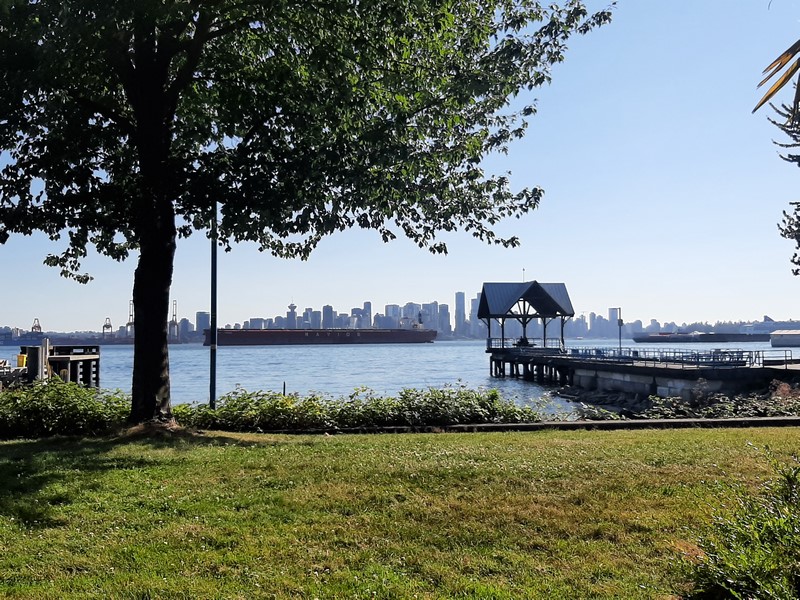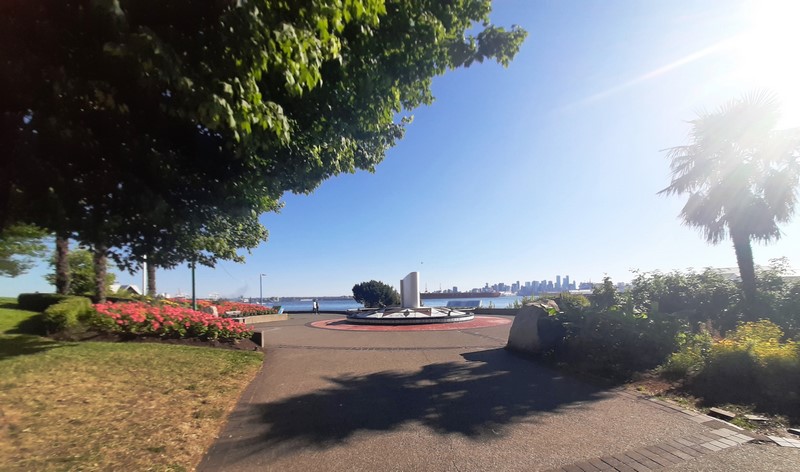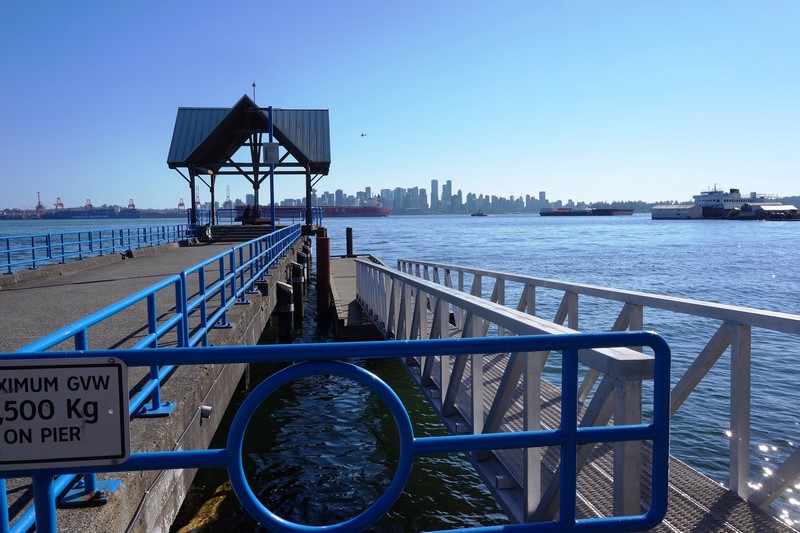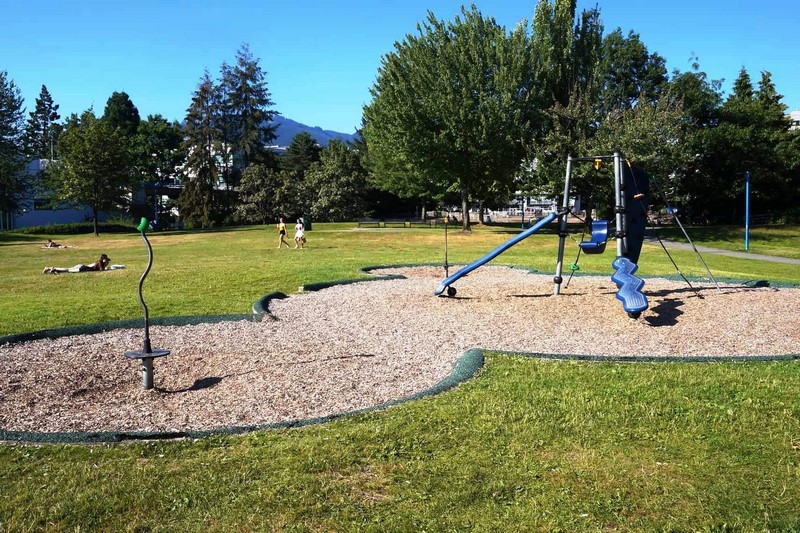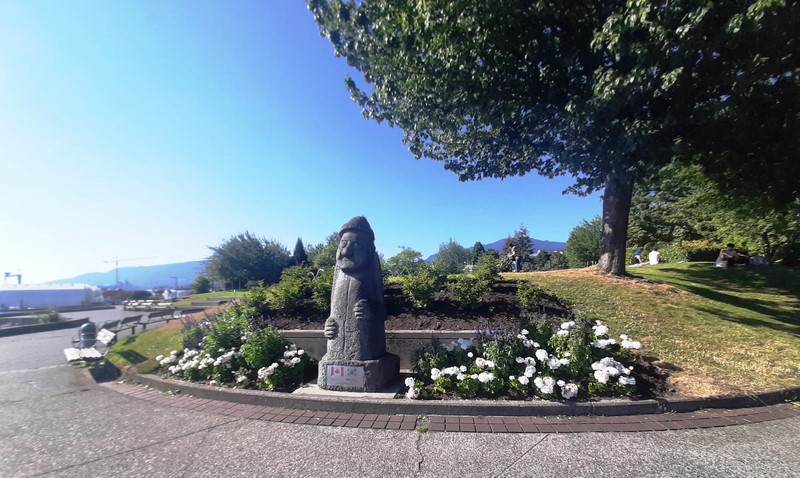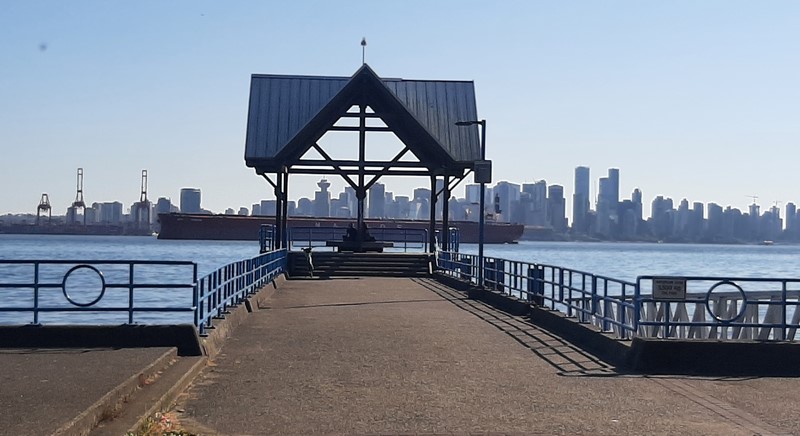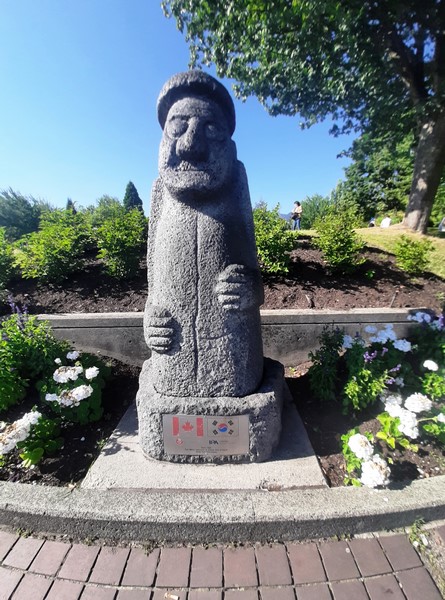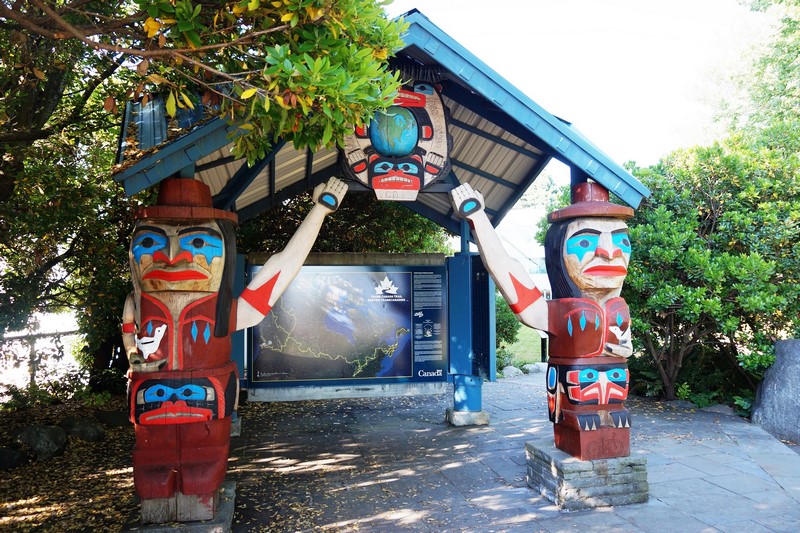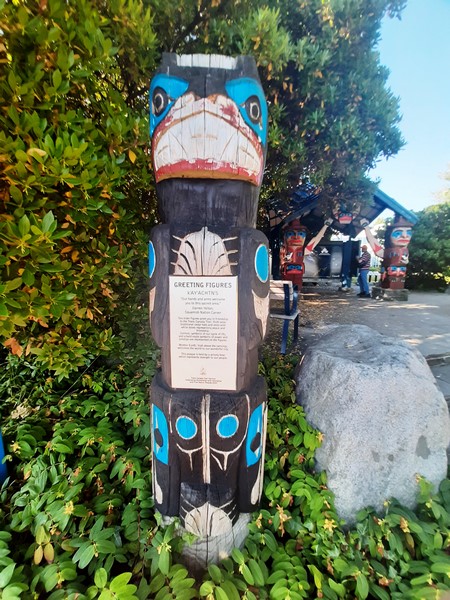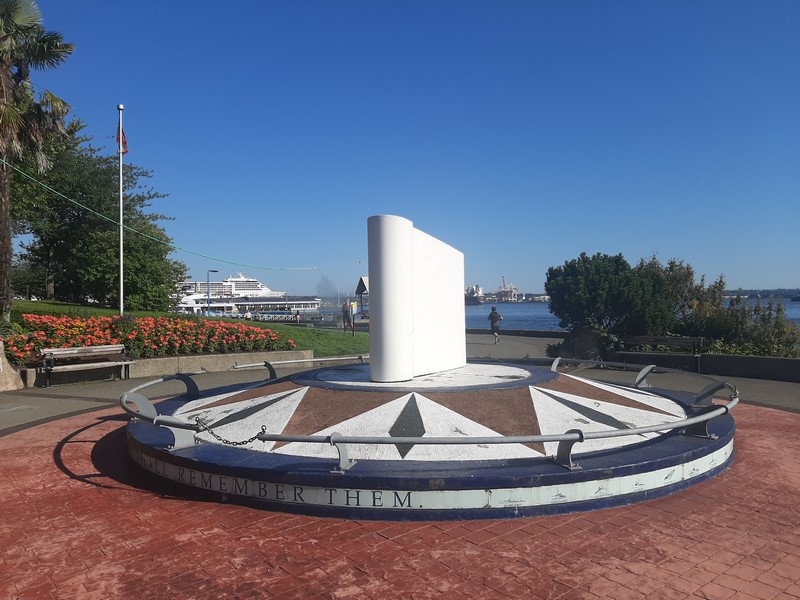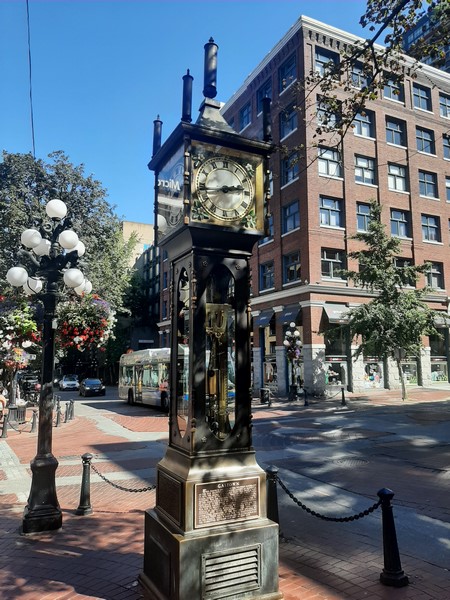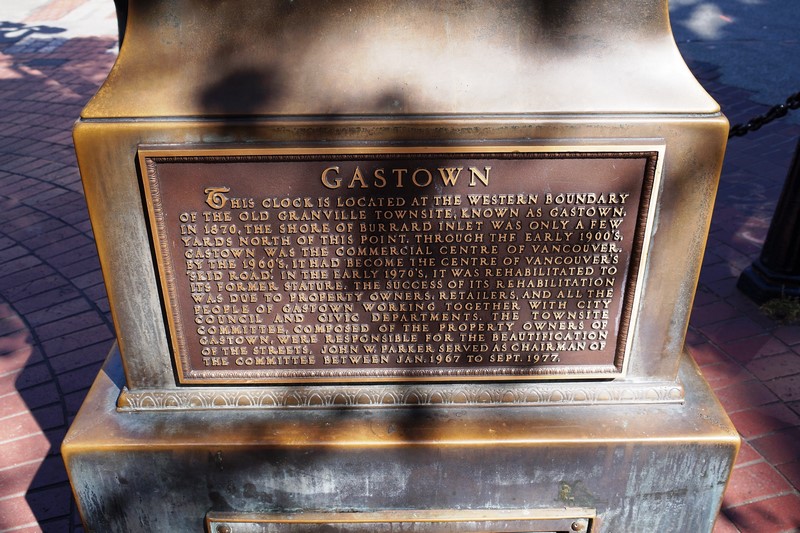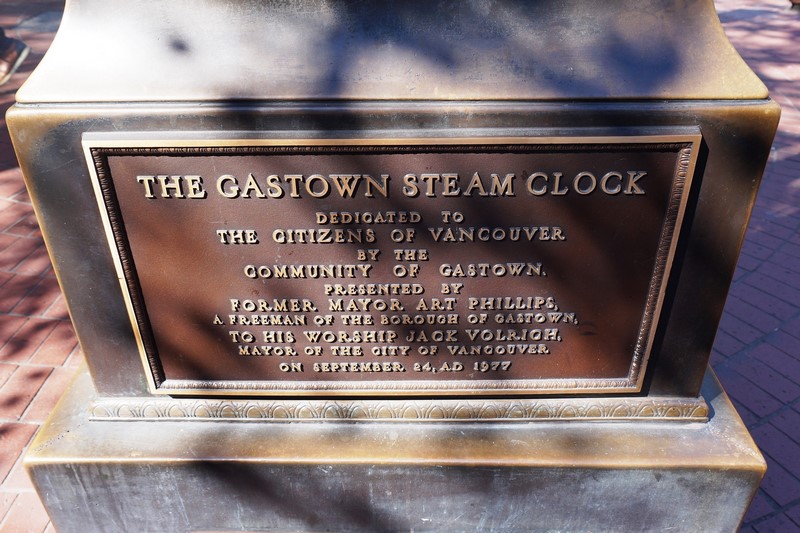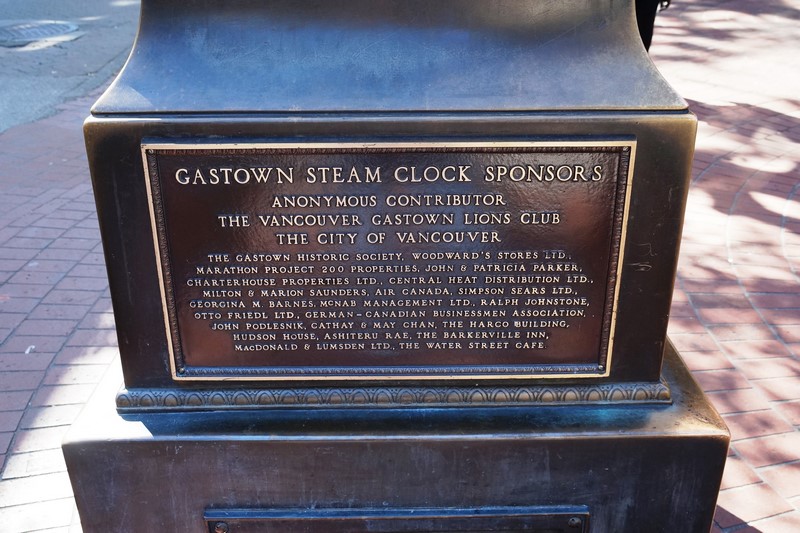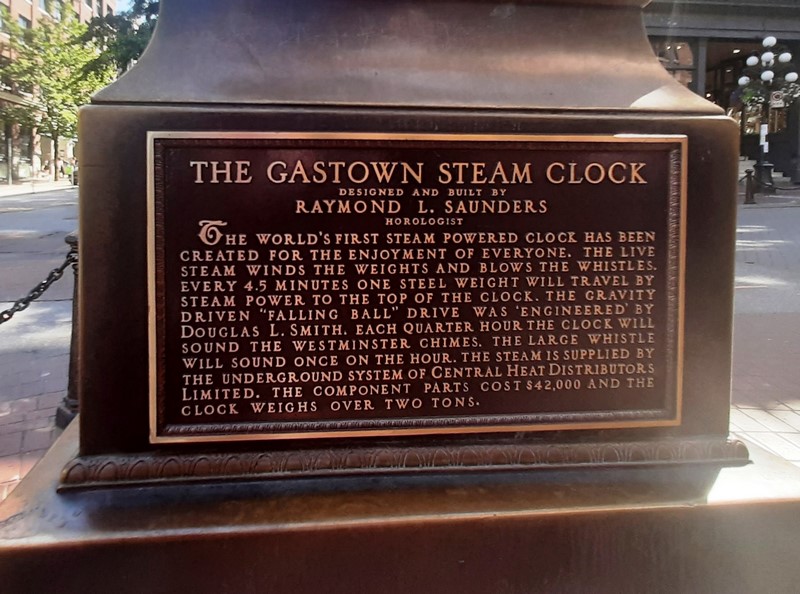Upon arrival at Lonsdale Quay and exiting the ferry terminal, Grace, Jandy, Bryan, Kyle and I turned to the left and, after walking less than 180 m., reached snug Waterfront Park on the banks of Vancouver Harbor. Here, there are plenty of walking trails for us to get immersed in nature, irrespective of weather.
One of the first parks in British Columbia, in the 1800s, the area of Waterfront Park was originally a sawmill. When the mill closed, the place was redeveloped and turned into a park which officially opened in 1985, just in time for Expo ’86.
Perfect for a family picnic on a nice day, wheelchair and buggy accessible Waterfront Park has plenty of benches, picnic tables and places to sit throughout the park, as well as a children’s play park. Also found within the park are a dock (Goldsworthy Dock), a large grassy area, a dog park, a small Japanese garden, a maritime memorial and restrooms. There were also several artists selling their creations.
Frequently, on summer weekends, the park is activated with a festival with food, flea markets and events such as Philippine Days (cultural event in June) and Canada Day Celebrations (July 1). Caribbean Days, a cultural festival in July, used to happen in Waterfront Park until it moved to Coquitlam in 2022. In addition, this is a great place to watch the International Fireworks Competition from Stanley Park when it is on.
Waterfront Park is also one of about eight parks and other outdoor public venues where you can drink alcohol in public, subject to certain times and restrictions, in the City of North Vancouver. You don’t even have to buy it there as you can bring your own booze. Other venues where you can do that include Shipbuilders’ Square and Cates Deck near Lonsdale Quay, both of which are just a 5-min. walk from Waterfront Park.
We strolled by the water, catching some beautiful and spectacular wide-angle views, either from the shore or the covered Goldsworthy Dock, of the Vancouver skyline, Lyons Gate Bridge and the Burrard Inlet. Here, we also watched the SeaBus come and go as well as other ships navigating the harbor. Too bad we weren’t lucky enough to see a harbor seal or other marine mammals.
We also passed some of the park’s collection of great public art honoring the history and culture of the area. Currently, within the park are three main pieces.
Cathedral, the biggest and most noticeable piece of art, was created by Douglas Senft in 1985 and placed in the park in May 1986. This archway of large flowing structural steel beams was bent and arranged to echo the outlines of the heavily-treed mountain peaks from North Vancouver to Howe Sound.
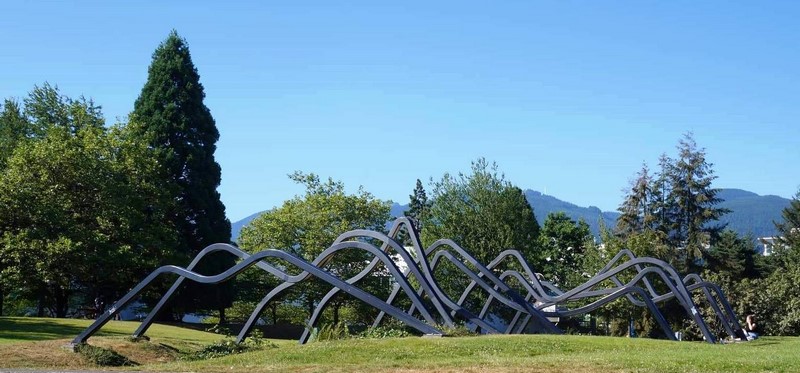 Although it’s tempting (especially for younger children), the city asks visitors not to climb on the artwork.
Although it’s tempting (especially for younger children), the city asks visitors not to climb on the artwork.
A large, 9-ft. high statue called Harubang, made from porous Korean whinstone, is another notable piece of art along the waterfront. Donated to the community by South Korea to promote understanding and friendship between the Port of Vancouver and the Port of Incheon, it is similar to sculptures commonly found on Jeju Island to serve the dual function of guardian and boundary marker.
The First Nations Theme Pavilion, at the southwest corner of the park, is also home to two Welcome Figures. Representing a grandfather and grandmother welcoming visitors to the Great Trail, it was carved by a Squamish Nation artist.
Not far from the First Nations Theme Pavilion is the Sailor’s Point Memorial commemorates the sailors lost in the North Atlantic during World War II. The memorial is designed like a compass with plaques and signs describing the history of the area.
Waterfront Park: Block 200, Esplanade W, North Vancouver, British Columbia V7M 1A5. Tel: (604) 985-7761.
How to Get There: Waterfront Park is just a 12-minute Seabus ride away, across Burrard Inlet, from Waterfront Station in Downtown Vancouver to Lonsdale Quay in the Lower Lonsdale District of North Vancouver. The park is just a 10-min. walk away.

